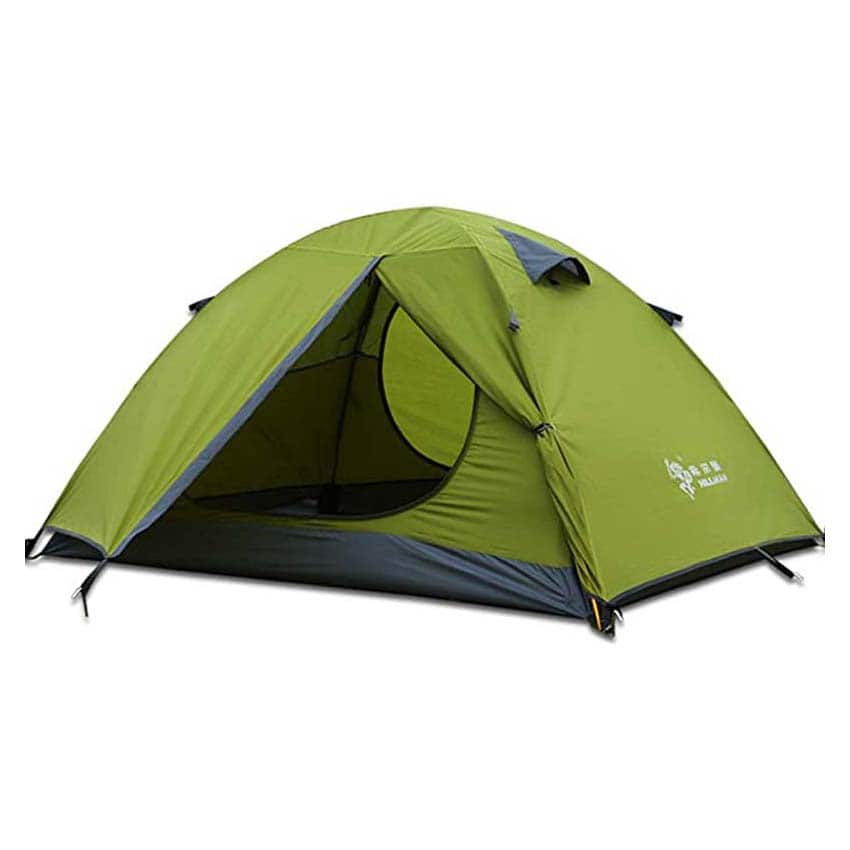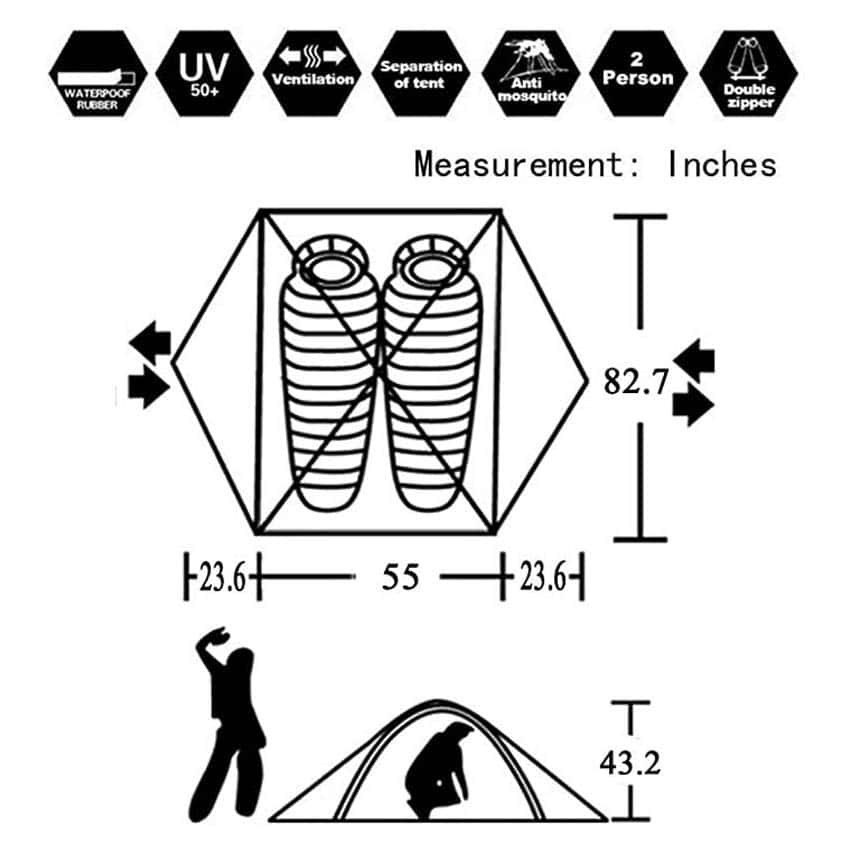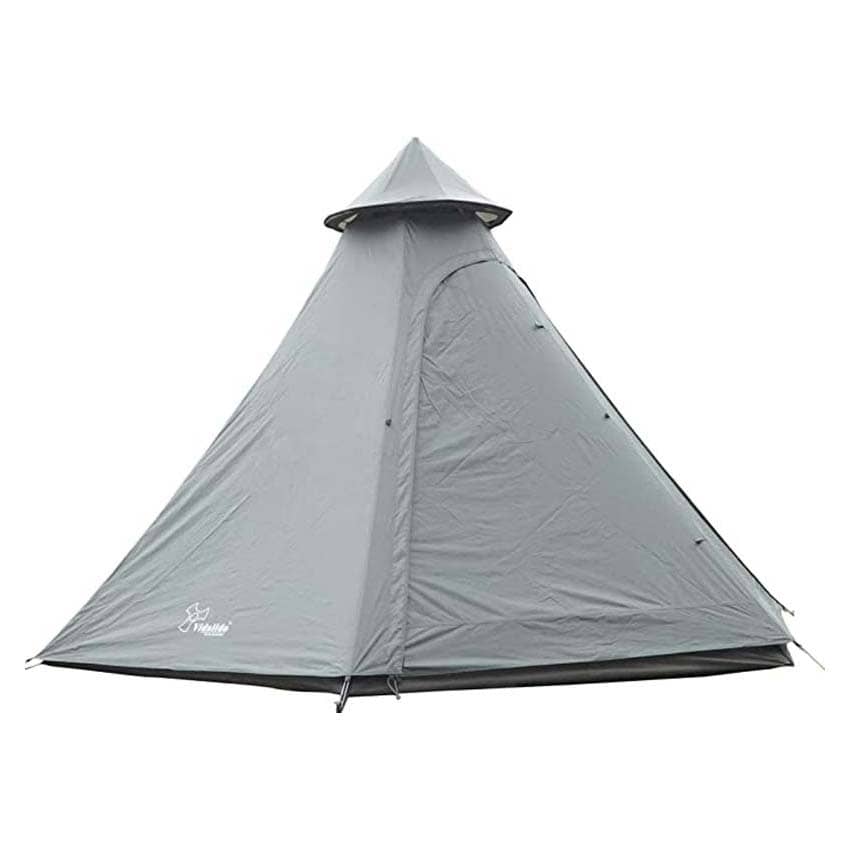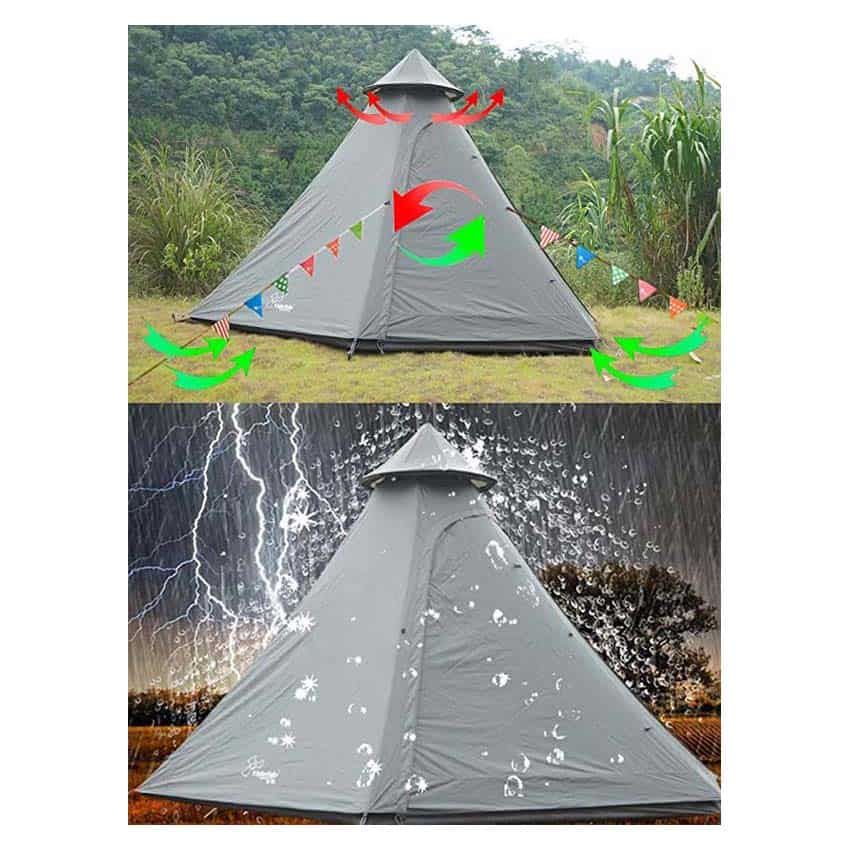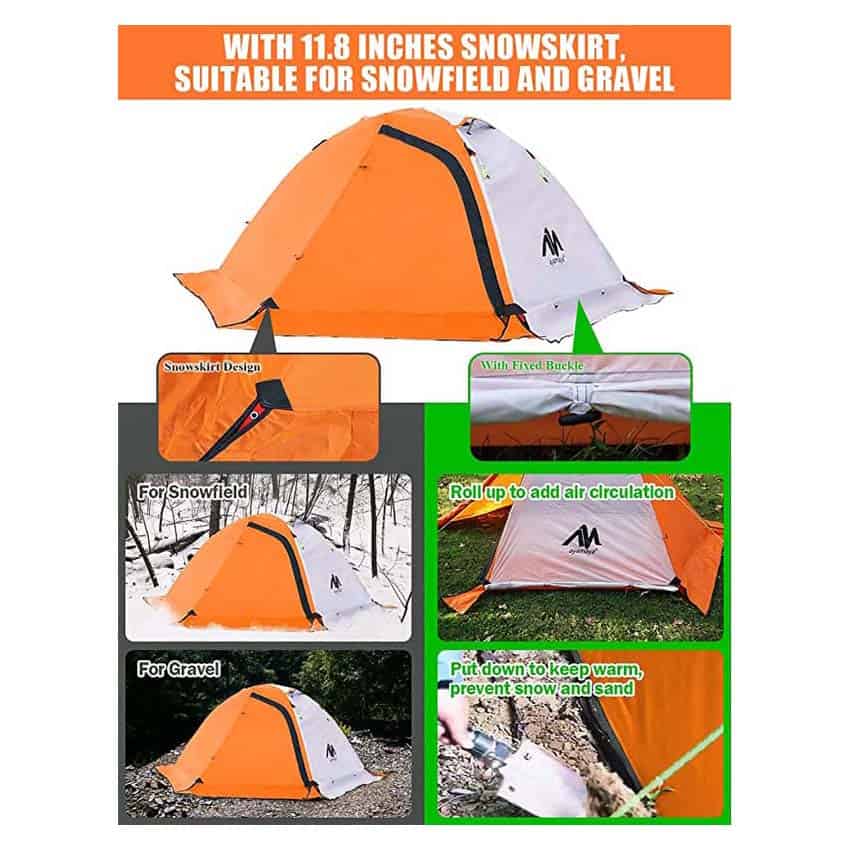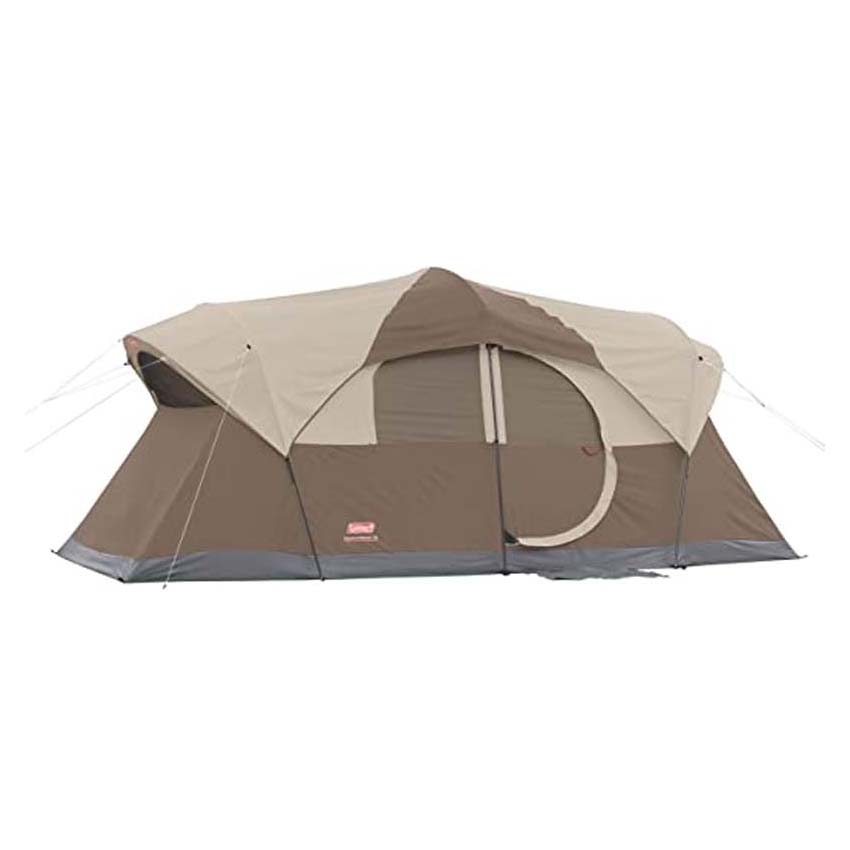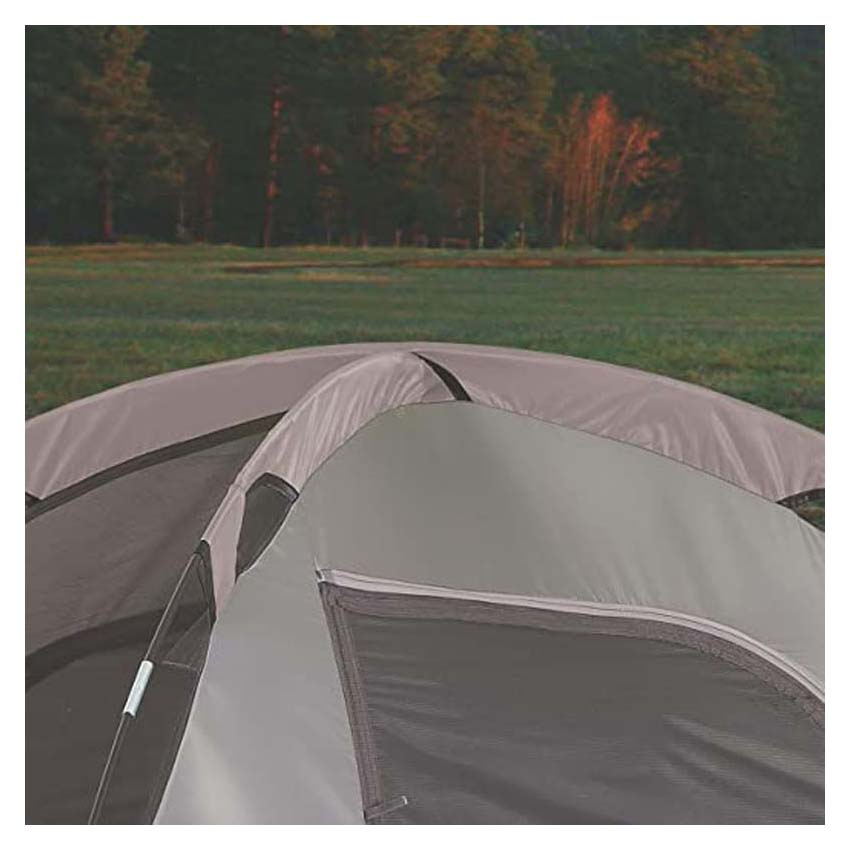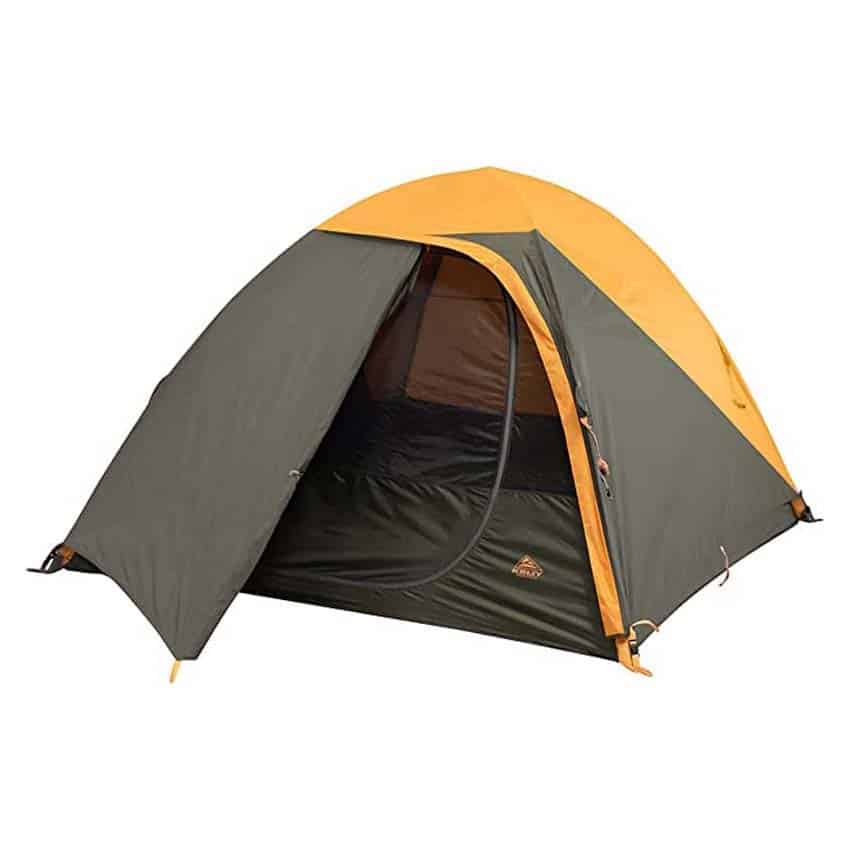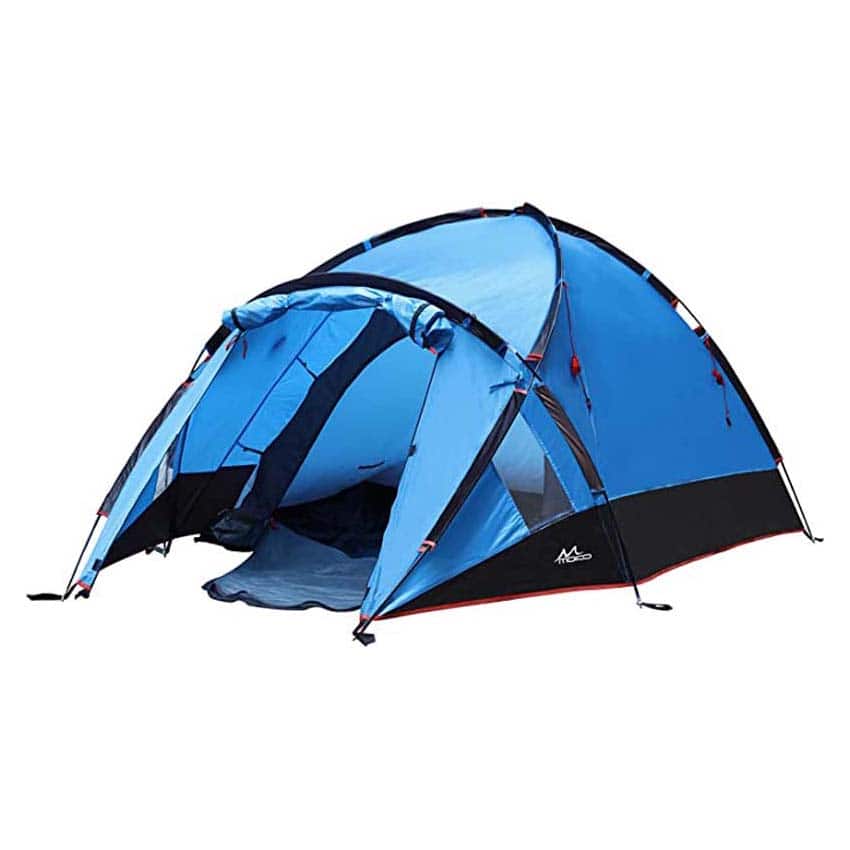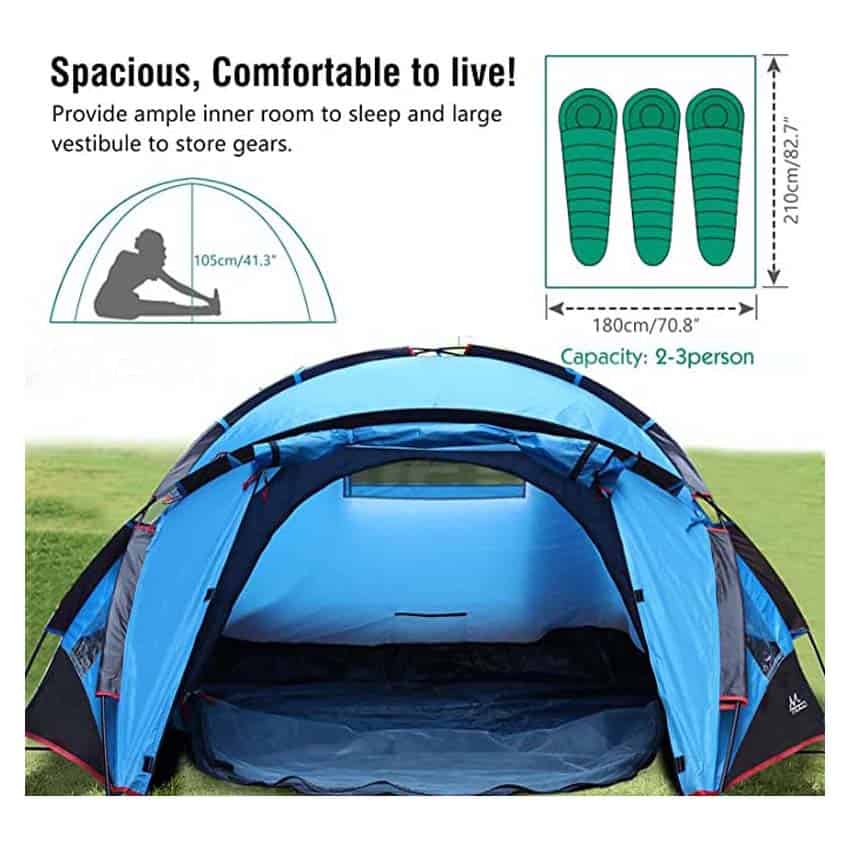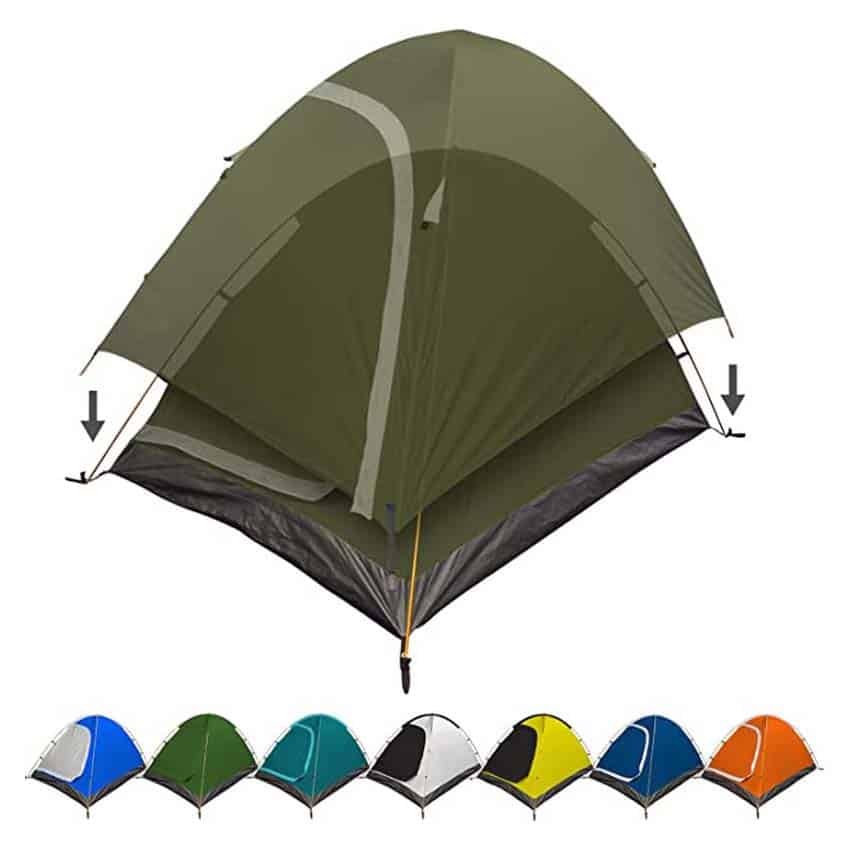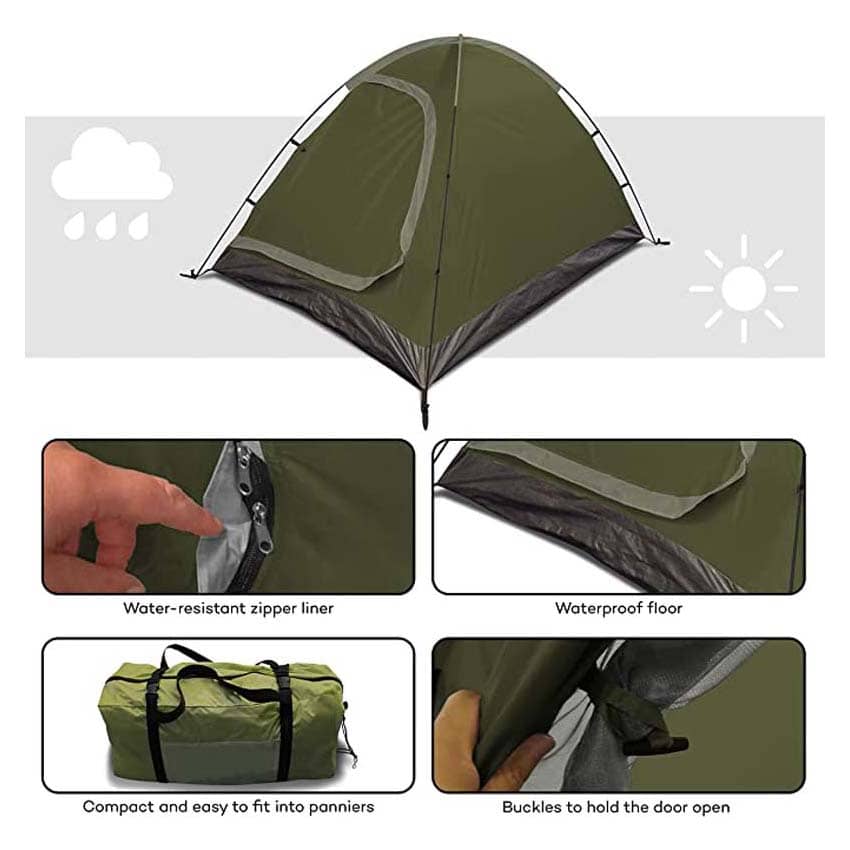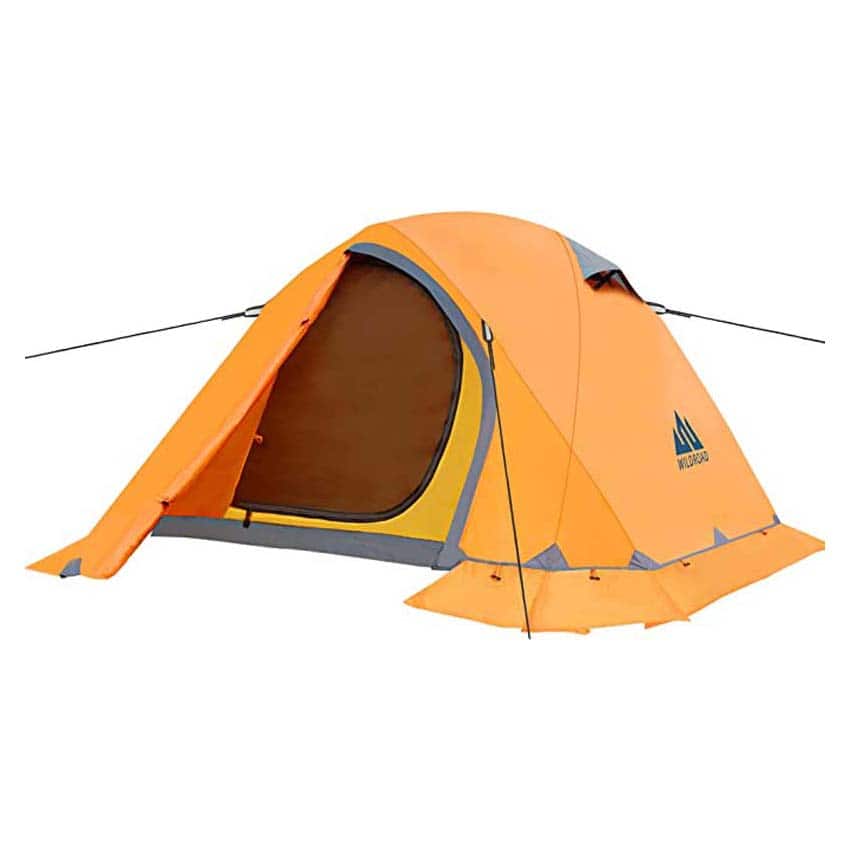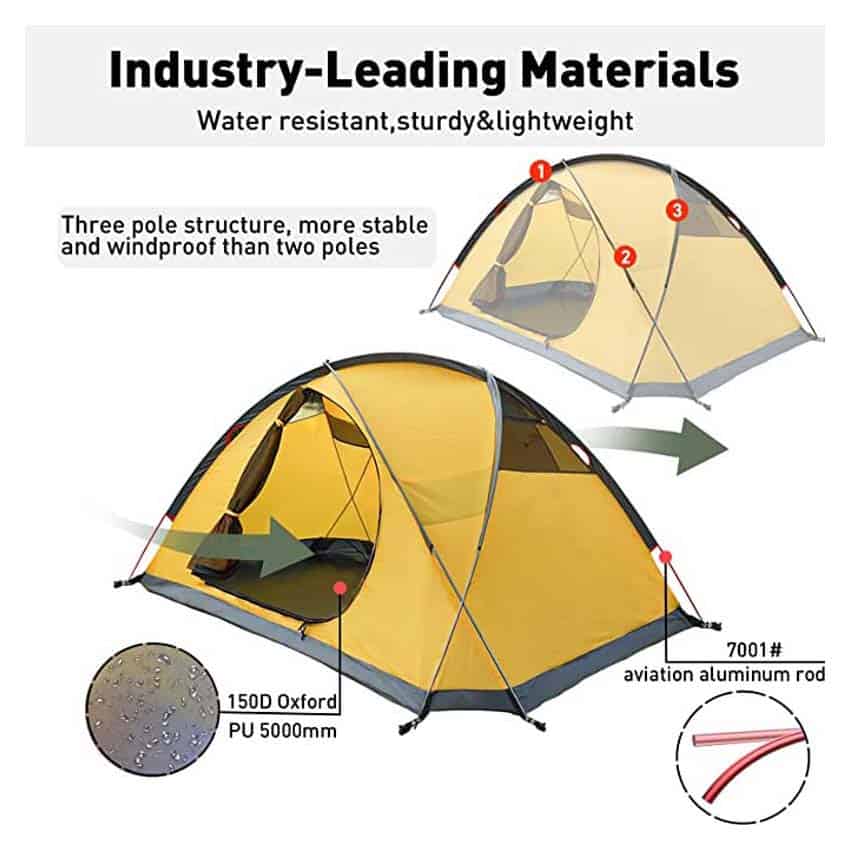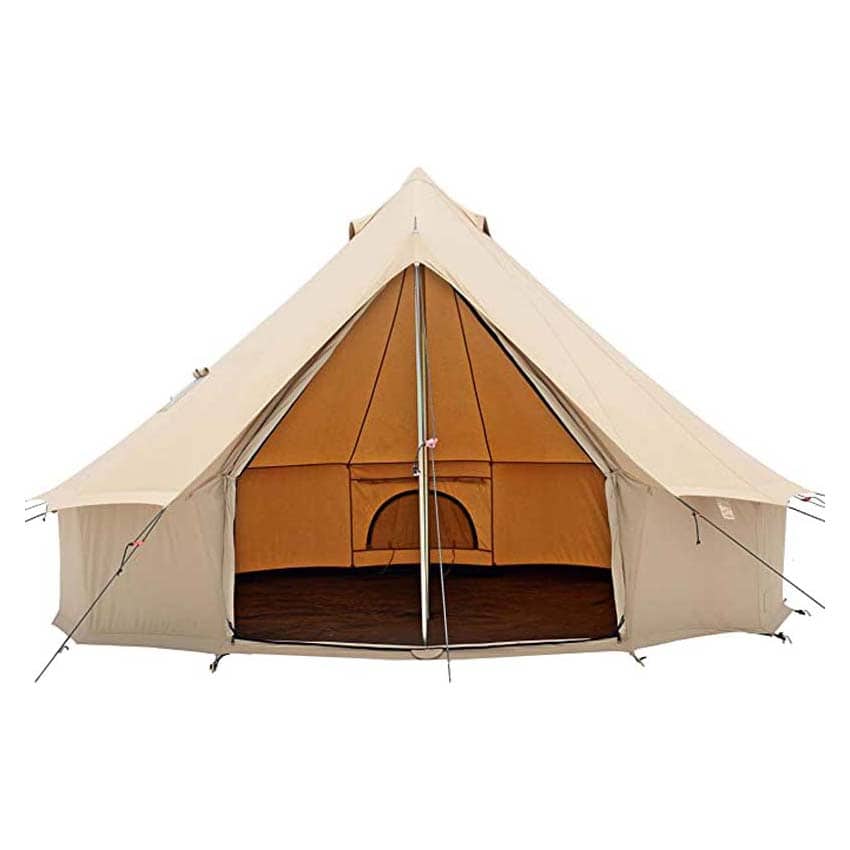- FREE US SHIPPING ON ORDERS $79+
Showing all 9 results
-
-
-
-
-
-
-
REVALCAMP Two Person Tent
$69.50 -
-
4 Season Tents For Various Outdoor Environments
From backcountry ski trips to mountaineering in some of the harshest weather on the planet, 4-season tents are your last line of defense against the elements. As such, these tents are stronger than their 3-season counterparts, with less mesh, sturdier canopies and rain flies, stronger pole construction, and a range of features designed for winter use.
We divide our four-season tents into three main categories: mountaineering, basecamp, and treeline.
Four-season tents are heavier than three-season tents because the fabric is heavier and more durable, the poles are stronger and the zips are more sturdy. Heavier four-season tents are usually sturdier, more weatherproof, better ventilated, and have more features. You’ll get a bigger tent, and it may be worth it. Essentially, four-season tents are warmer than three-season tents, they have less mesh and are designed to protect you from inclement weather and therefore retain more heat.
Four-season tents are ‘anywhere, anything’ tents, designed to withstand the world’s harshest conditions. We saw an entire holiday in one Four Seasons tent, with inches of snow and rain falling outside and staying dry and cozy (albeit a little crazy and disappointing) inside.
When you use a four-season tent, you are likely to be in a climate that is unsuitable for human consumption. Compared to standard backpacking tents, four-season tents are stronger, heavier, and more durable and can withstand strong winds, rain, and snow. They also have a number of features, including flies that extend further under the tent body (some models have snow skirts that can be buried in snow), a high bathtub on the main body to prevent rain and snow from seeping into the tent, and a large vestibule that provides plenty of space for storage and cooking.
